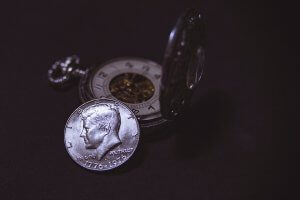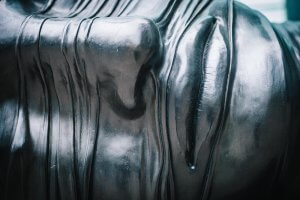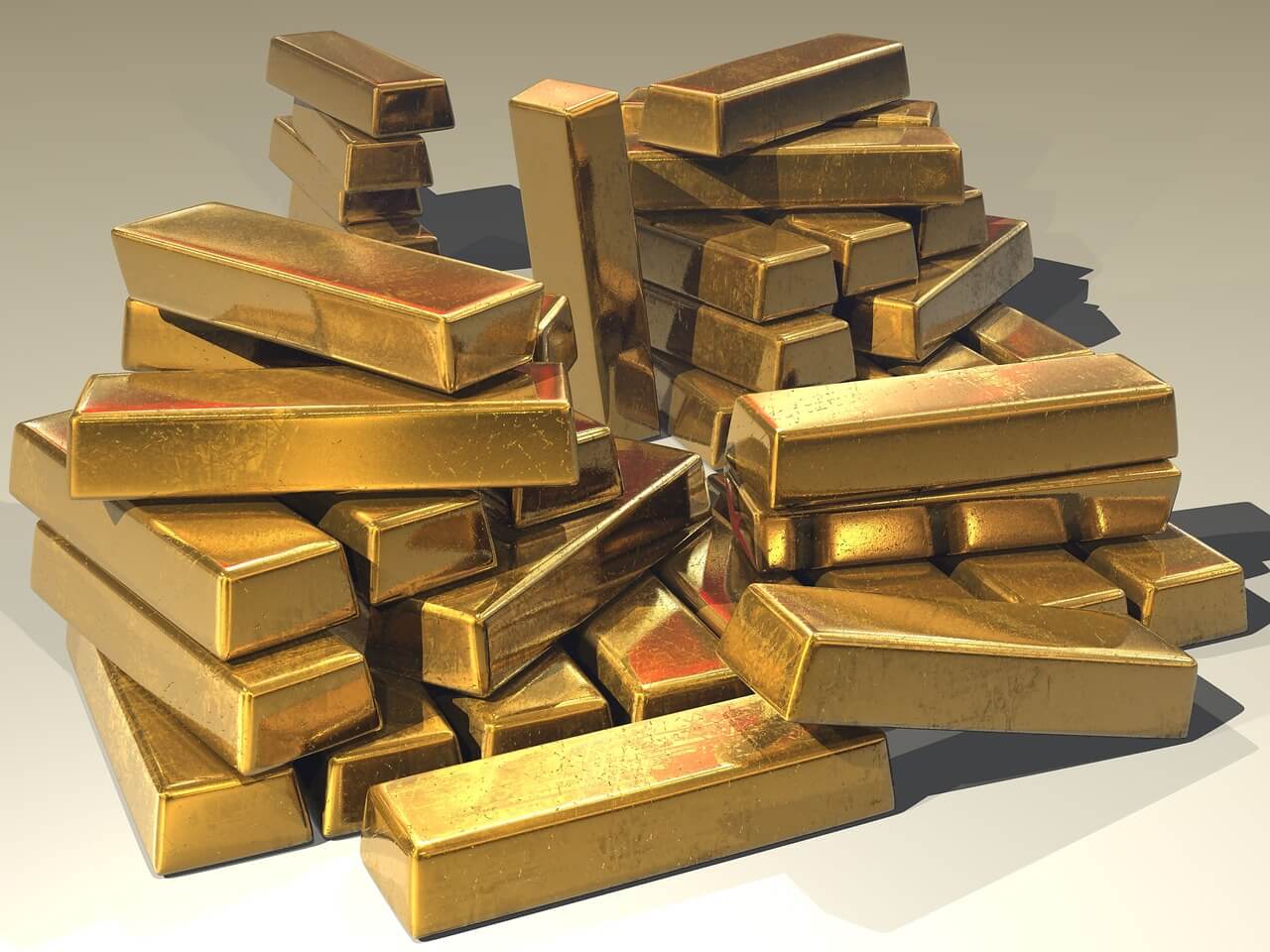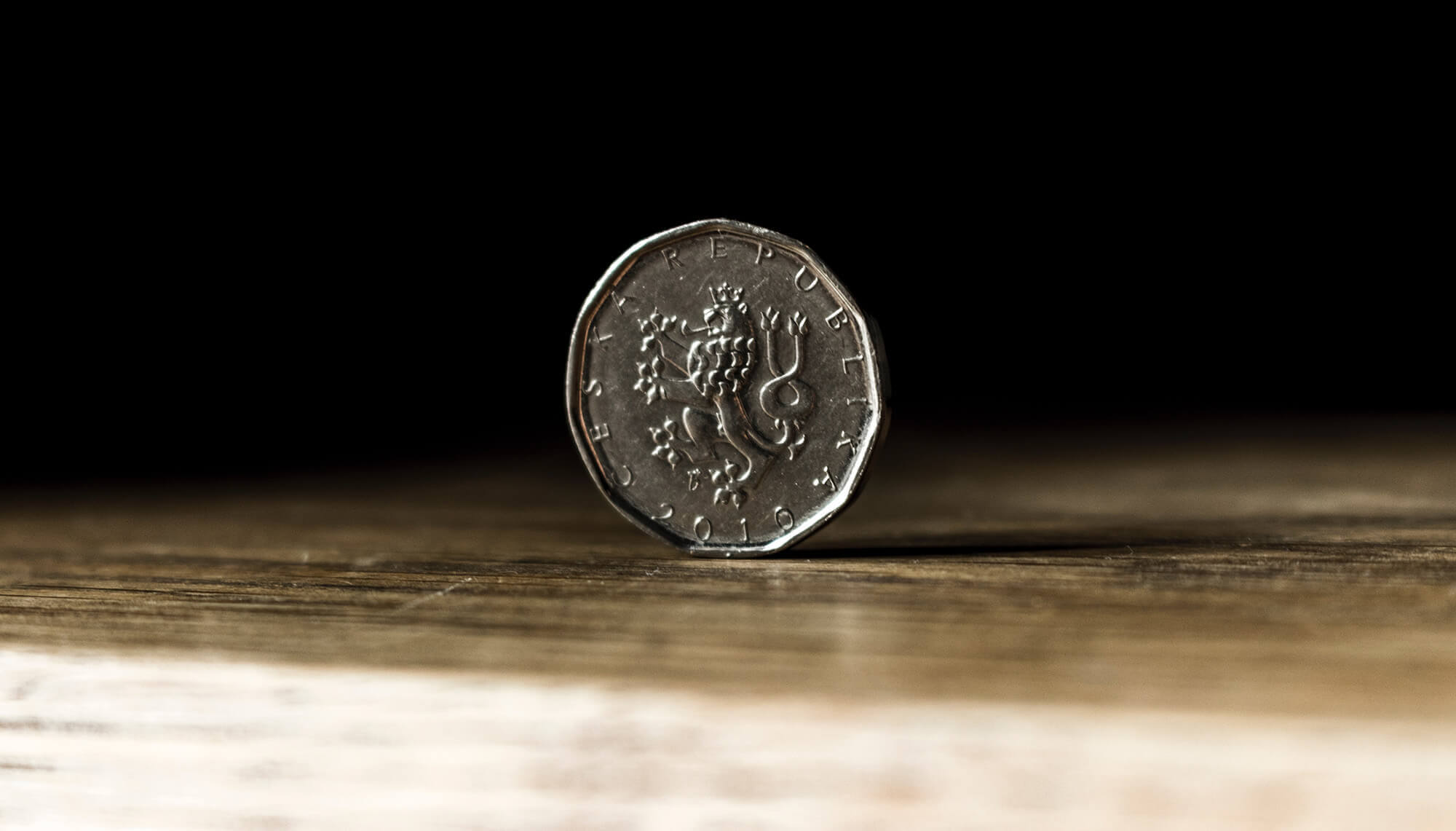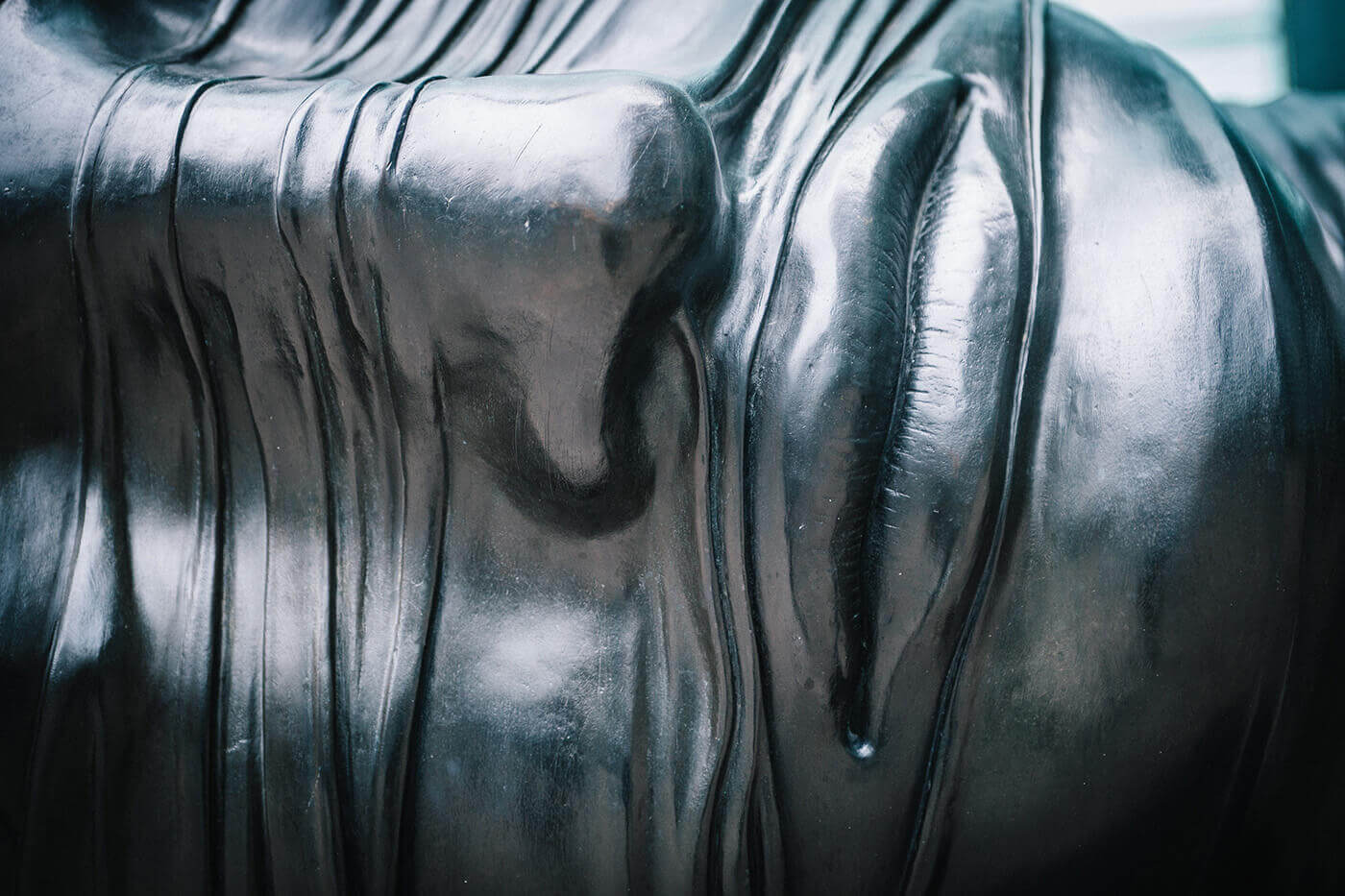The love of gold is one of the oldest human traditions. For thousands of years it has been seen as a symbol of luxury, power and status and has a chequered history. In this blog, we will embark on a journey through time and take a look at the long and exciting history of the love of gold.
Inhalt
The meaning of gold in antiquity
In ancient times, gold had a special meaning. It was a currency and a symbol of wealth, prosperity and power. It was used for religious purposes and as a sign of status. It was also worn as jewellery to adorn and ennoble the wearer. Gold had a mystical and magical significance that lasted for millennia. Many ancient cultures, such as Mesopotamia, Egypt, China and ancient Greece, regarded gold as a symbol of wealth and good fortune. Given the importance of gold in ancient times, it is not surprising that it has had a strong appeal to people for millennia.
The Golden Middle Ages and its economic power
The Golden Middle Ages, i.e. the period between the 9th and 13th centuries, was a time of economic growth and increasing wealth concentration. During this period, Europe experienced a flourishing of trade and financial activities, which went hand in hand with the development of a widely ramified trade network. This network made it possible to import gold from Africa, the Middle East and the Mediterranean and to trade it over long distances. These trade flows led to a sharp increase in gold ownership in Europe, which in turn led to increased economic power and tremendous economic growth. Gold was now used as currency, as a means of payment and also as an investment. There are many examples of how gold was responsible for the development of economic growth and the expansion of European trade during this period. This boom also had a psychological component, as gold has always been associated as a symbol of power, wealth and wisdom. Even today, gold is a symbol of economic power, and the love of gold has endured for millennia.
The gold standard in the 20th century
In the 20th century, the gold standard was one of the most popular forms of currency. There were a number of countries that chose to peg their currencies to the price of gold. This gave the currencies relative stability and allowed countries to use their currencies in international trade. There are many examples of countries that used the gold standard, including Britain, the United States, Germany and many others. The gold standard inspired people to use their love of gold as a form of currency to stabilise and secure their trading activities.
Renewal of interest in gold in the 21st century
In recent years, there has been a renewal of interest in gold, especially in the last decade. It is a renaissance for the precious metal that has been a symbol of wealth and power for millennia. Gold prices are steadily rising as it is seen as a safe investment option that is increasing in value. In the 21st century, gold has gained in importance, not only as an investment opportunity, but also as a piece of jewellery. It is a symbol of status and wealth. People’s love for gold has evolved over thousands of years and has continued to this day.
Conclusion
Throughout human history, the love of gold has endured for millennia. Although the world and people have changed over time, gold still holds a special place in our hearts. It is a symbol of security, prosperity and luxury and is seen as a symbol of power and wealth in many cultures. Gold is an everlasting symbol of the love that people throughout the ages have had and still have for this noble metal.



